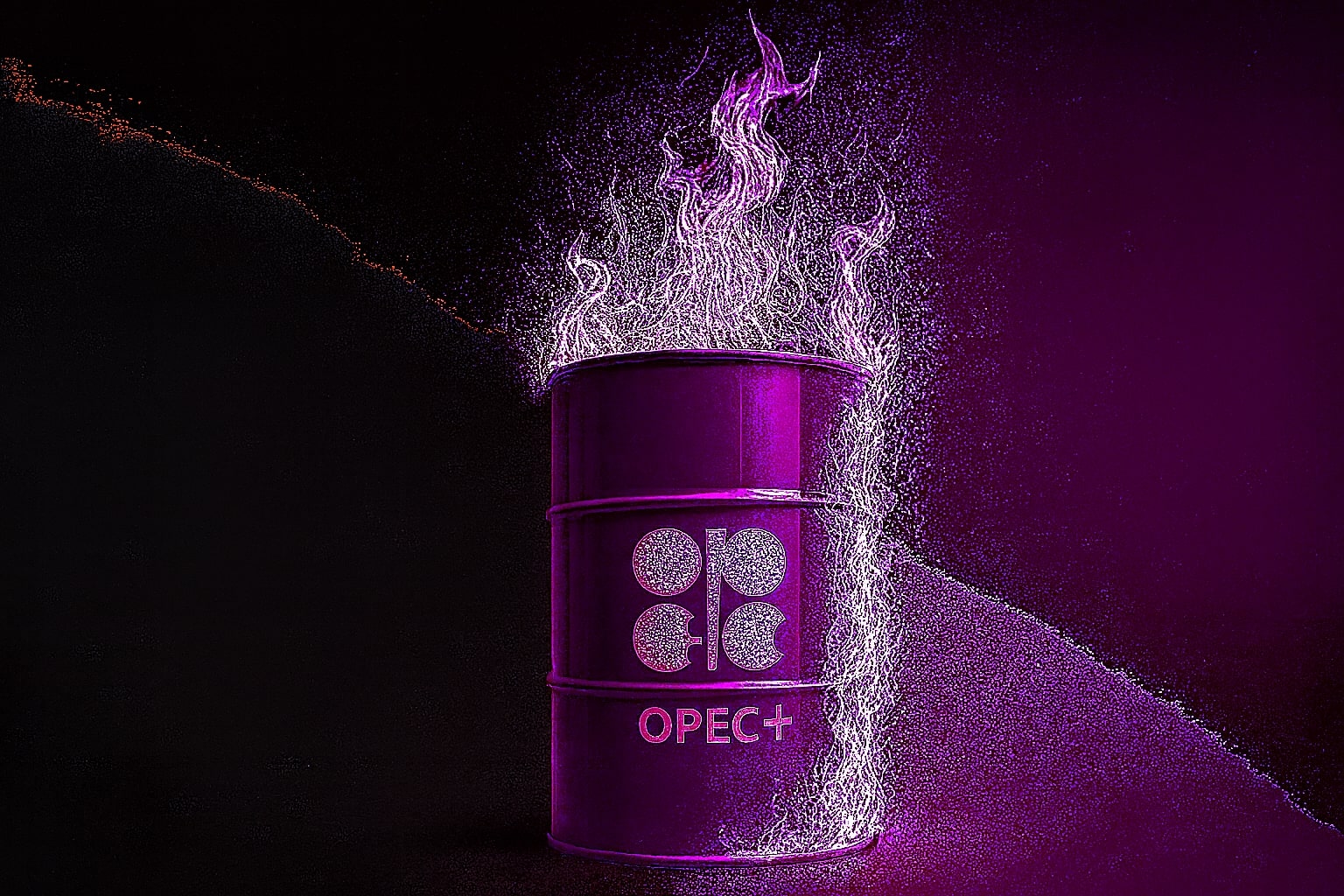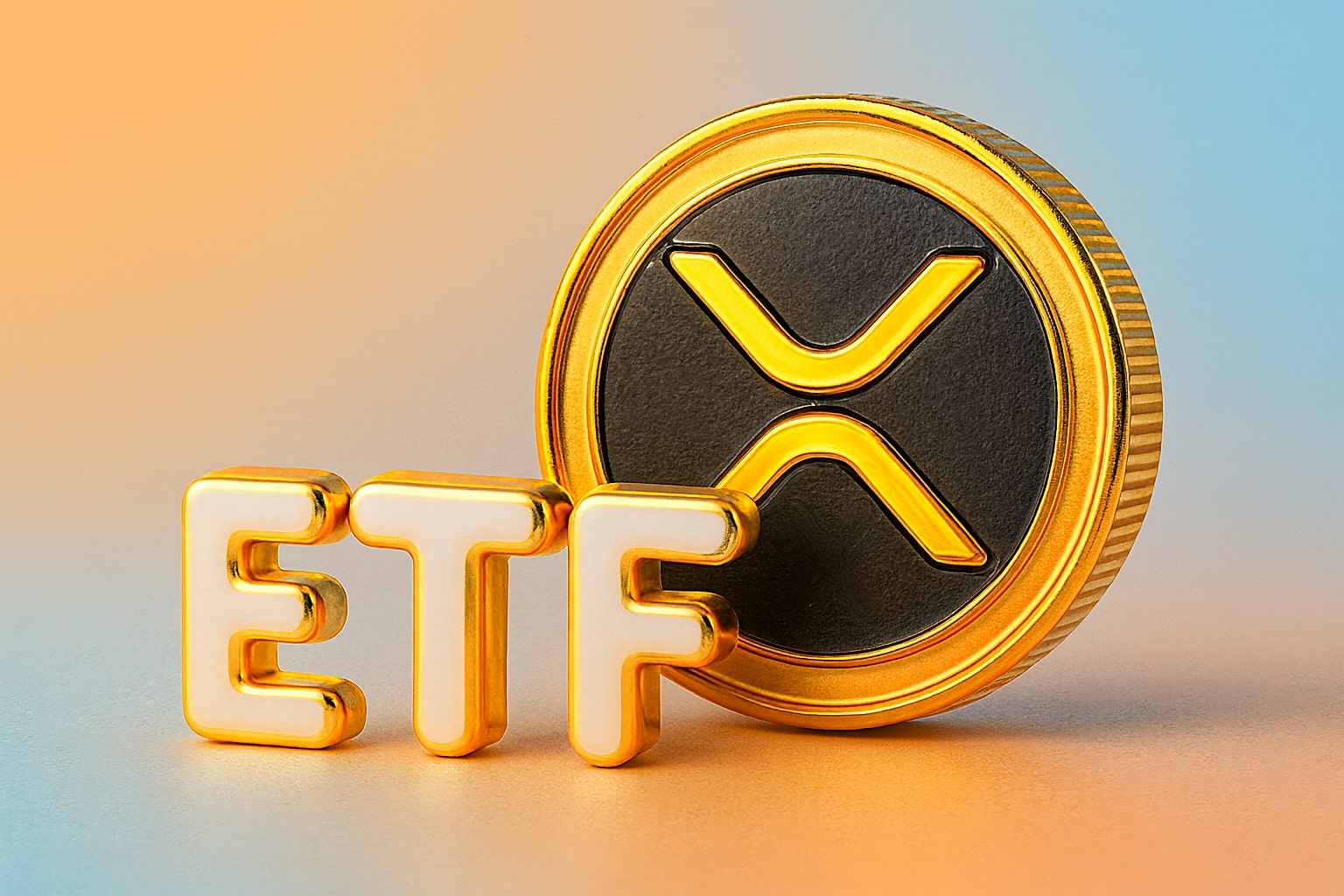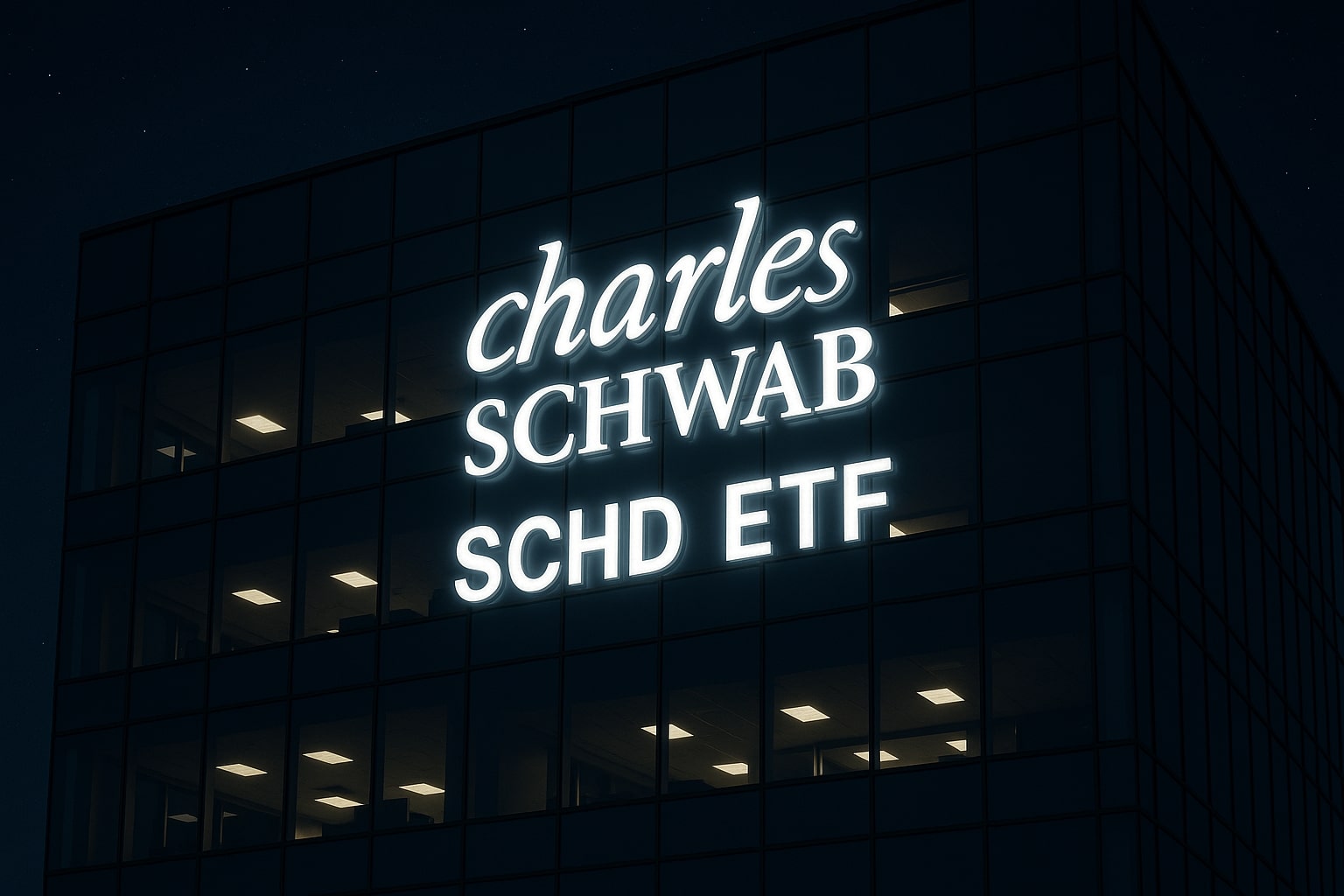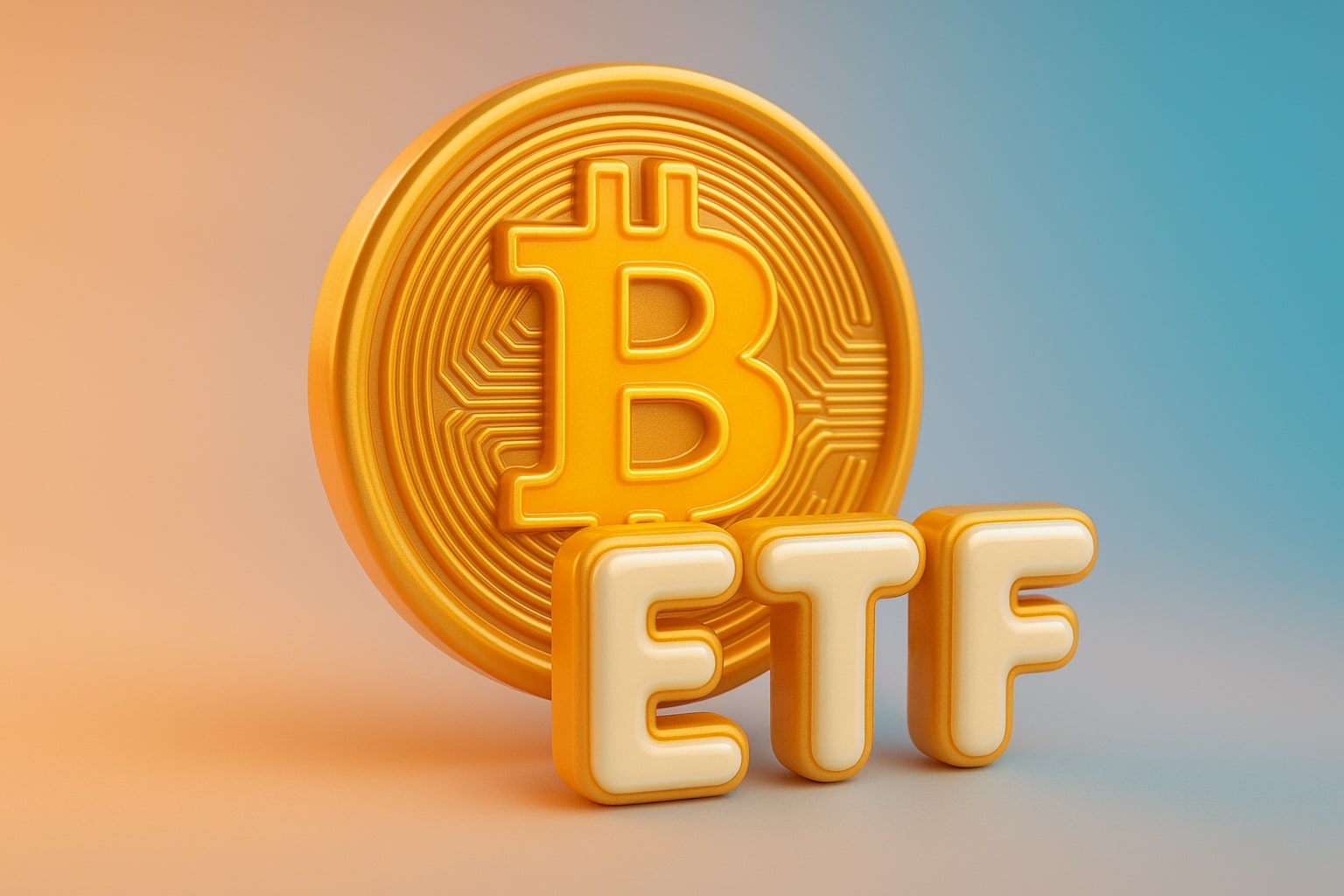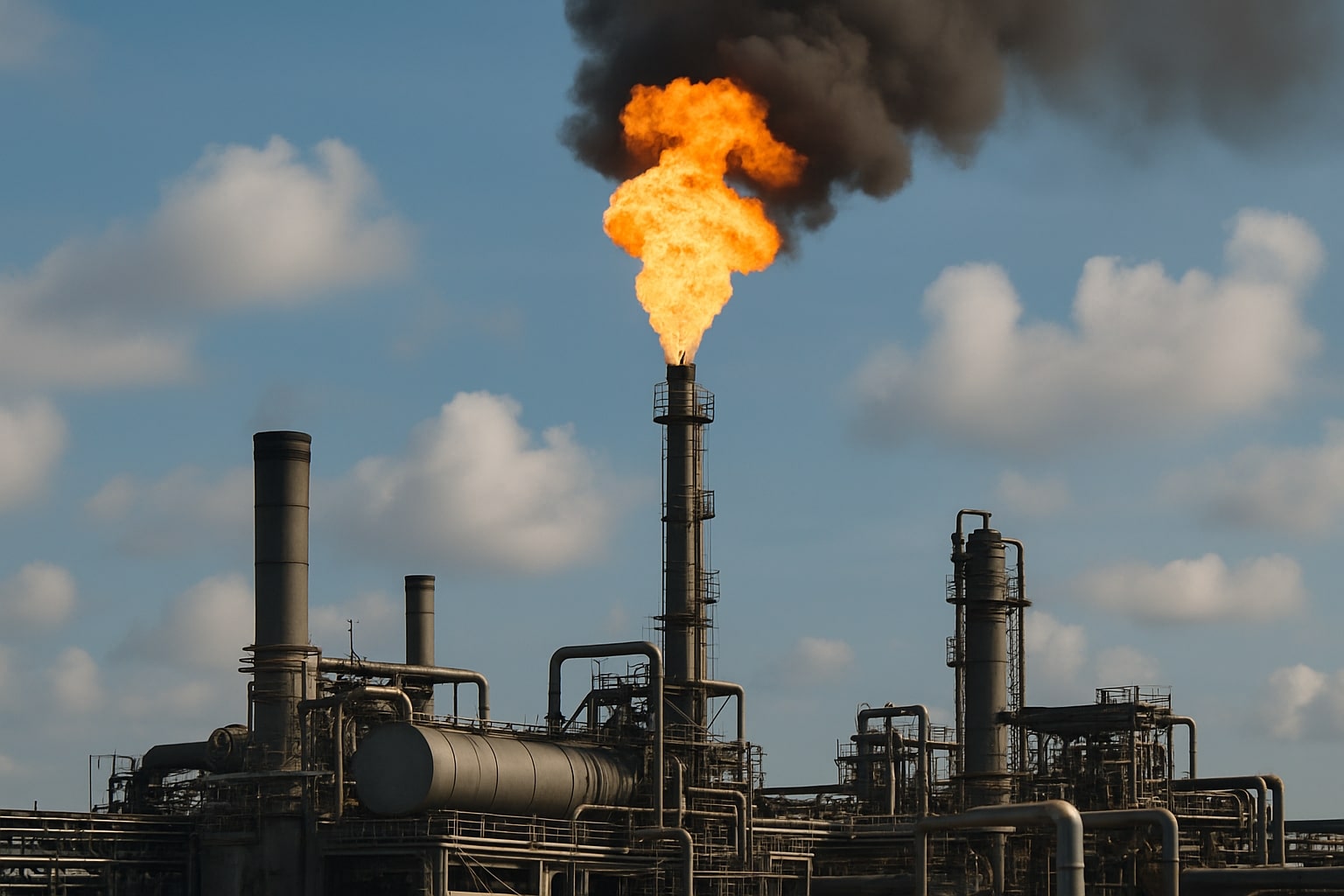
Natural Gas (NG=F) Jumps 6% to $3.73 as Heat Forecasts Spark Rebound
EIA Storage Surprise, LNG Exports, and Global Brent-Indexed Repricing Reshape NG=F Outlook | That's TradingNEWS
Natural Gas (NG=F) Rebounds on Heat Forecasts Despite Bearish Storage Shock
Natural gas futures (NG=F) surged +6.04% to close at $3.73 for August delivery, driven by renewed weather-driven demand expectations. The rally reversed a sharp slide earlier in the week, when July contracts had touched a six-month low following an oversize storage build. Friday’s spike was largely anchored in updated heat projections by Atmospheric G2, which now see above-average temperatures engulfing most of the U.S. from July 7 to 11. This shift has raised demand expectations from utilities ramping up gas-fired air conditioning loads.
Yet that bullish spark was preceded by bearish supply data. The U.S. Energy Information Administration (EIA) reported a +96 bcf inventory build for the week ended June 20, far exceeding consensus estimates of +88 bcf and the five-year average of +79 bcf. This pushed inventories to +6.6% above their seasonal norm, even as they remain -6.6% below year-ago levels. Traders interpreted the surplus as a short-term oversupply signal, explaining Thursday’s selloff before the Friday reversal.
Storage Surplus and Production Growth Signal Ample Supply Headroom
Despite the short-term heat-driven rally, fundamental oversupply concerns remain intact. Lower-48 dry gas output stood at 105.2 to 105.6 bcf/day last week—up 1.7% to 2.7% year-over-year. LNG exports continue to grow, with net flows to terminals up 7.4% week-over-week to 14.8 bcf/day on Friday. That said, total domestic demand lags slightly behind, clocking in at 74.3 to 77.1 bcf/day, depending on the day. The result is a supply-demand imbalance, worsened by declining electricity consumption.
The Edison Electric Institute reported that U.S. power output for the week ending June 21 dropped -3.1% year-over-year to 91,334 GWh. Even though the trailing 52-week output is up +2.6% y/y, this week-on-week drop during peak cooling season puts a dent in demand forecasts. Until those dynamics reverse, structural headwinds persist for NG=F prices.
Geopolitical Risks Decline but LNG Premiums Still Anchor Global Floor
One key pressure valve has eased: the Israel-Iran ceasefire significantly reduces the likelihood of LNG shipment disruptions via the Strait of Hormuz, which channels roughly 20% of global LNG flows. That geopolitical easing explains some of the mid-June price pullback. However, this hasn’t collapsed global pricing floors.
IGU data shows that the global average wholesale gas price has settled at $4.88 per MMBtu for 2024, down from $9.45 in 2022. LNG imports priced on gas-on-gas (GOG) competition now represent over 50% of all trade globally—a dramatic structural shift from just 25% in 2016. In Europe, GOG pricing dominates 97% of volumes. As long as LNG demand remains firm in Asia and Europe, the U.S. export-driven premium may cushion NG=F from breaking sharply lower.
Rig Activity Softens as Producers Hedge Output Capex
Baker Hughes reported the active U.S. natural gas rig count fell by two to 109 in the week ending June 27, slightly below the 15-month high of 114. Still, this remains far above the four-year low of 94 rigs from September 2024, suggesting operators are cautiously scaling back amid pricing volatility. The softening rig count aligns with bearish price action seen earlier in the week, when the July contract dropped -3.70% to settle at $3.41.
That said, capex caution hasn’t slowed government-driven production expansion strategies. Pakistan's ECC has approved a revised natural gas pricing structure for FY2025-26, aimed at preserving household affordability while lifting prices by ~10% for industrial, bulk, and power plant buyers. This aligns with IMF benchmarks requiring tariff rationalization and cost-reflective pricing.
Asia Gas Market Realignment: Bangladesh Pushes for Onshore Bidding
Bangladesh's Petrobangla is preparing to auction new onshore blocks in hilly terrains under a revised Model Production Sharing Contract (MPSC), the first such round in nearly three decades. The updated pricing mechanism would index gas purchase prices to 8% of the Brent average, with a cap to avoid excessive volatility. This could fix prices around $5.00/MMBtu—more aligned with current LNG costs, which stand at $10.66 (QatarEnergy) and $10.09 (OQ Trading).
The shift is designed to attract international oil companies (IOCs) back to the domestic production space after lackluster offshore bidding rounds. Compared to previous terms pegged to high-sulfur fuel oil (HSFO), the Brent-based index is considered more globally competitive. Chevron, for example, currently sells gas from Block-12, 13, and 14 at $2.76/MMBtu under the old MPSC terms—highlighting the delta in value capture.
Structural Market Evolution: From Oil-Linkage to Spot-Market Liquidity
The International Gas Union’s 2025 survey underscores a radical pricing shift in global gas markets. In 2005, oil-price escalation (OPE) mechanisms dominated 24% of global gas trade—today they account for just 18.5%. Meanwhile, gas-on-gas (GOG) pricing has jumped from 31.5% in 2005 to 49% in 2024.
Europe epitomizes this transformation: 97% of all its pipeline and LNG imports now follow GOG pricing, compared to just 37% in 2005. Asia remains more oil-linked, though LNG imports under GOG have risen sharply. This structural pivot boosts market transparency and liquidity, benefiting exporters like the U.S. by allowing price arbitrage without long-term oil linkage dependencies.
Buy, Sell or Hold?
Based on the current supply glut, easing geopolitical risk, strong production levels, and structurally adequate storage, NG=F is a Hold in the short term. Price could retest $3.25 if cooler forecasts materialize and storage builds continue exceeding expectations. However, long-term upside remains intact, anchored by global LNG demand, tariff reform momentum, and the growing structural shift toward market-based pricing.
Traders looking for upside exposure should monitor $3.85 as a breakout resistance and $3.25 as accumulation support. If the heatwave intensifies and LNG exports remain firm, NG=F could target $4.00 by late July. Otherwise, consolidation is the more probable path.
That's TradingNEWS
Read More
-
SCHD ETF Price at $27: Can SCHD’s 4% Yield and 9.15% Dividend Growth Beat High-Yield Covered Call ETFs?
15.12.2025 · TradingNEWS ArchiveStocks
-
XRP ETFs Close on $1B Inflows as XRPI at $10.92 and XRPR at $15.52 Hit 52-Week Lows
15.12.2025 · TradingNEWS ArchiveCrypto
-
Natural Gas Price Forecast: NG=F Holds the $4 Floor as Oversupply Clashes with 2026 LNG Demand
15.12.2025 · TradingNEWS ArchiveCommodities
-
USD/JPY Price Forecast - Dollar to Yen At 155: Yen Strength Builds As BoJ Hike And NFP Collide
15.12.2025 · TradingNEWS ArchiveForex















